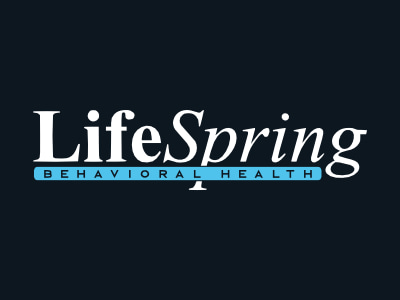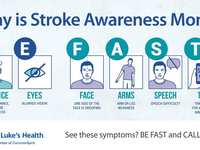- Categories :
- More
More Than Words: Translating the Truth in Behavior

By Kathryn Wainscott, MCMHC, LPC LifeSpring Behavioral Health 281.528.1523 - lifespringbehavioral.com
We’re taught that communication is about what we say—but I’d argue that some of the most important things we say never cross our lips. In fact, most of us speak in behavior long before we find the words. And if you’re listening closely, you’ll realize that every action—or lack thereof—is trying to tell a story.
Behavior is a form of communication. It always has been.
Especially in families, couples, and even therapy rooms, people often act out what they can’t articulate. A slammed door might say, “I feel invisible.” Silence at the dinner table might whisper, “I'm not okay, but I don't think you can handle it.”. Even kids—especially kids—use behavior when words feel too risky or don’t yet exist in their vocabulary.
Dr. Dan Siegel, a clinical professor of psychiatry at UCLA and the author of The Whole-Brain Child, reminds us that the brain develops from the bottom up. The emotional and sensory parts come online long before we can put feelings into coherent sentences. So, when a child is melting down or withdrawing, they’re not being “bad”—they’re speaking. Their body and behavior are often saying what their mouth can’t.
Adults aren't exempt from this either.
We just get better at disguising our signals with passive-aggressiveness, sarcasm, or busyness. But the same principle holds: behavior is a messenger. And if we only treat the behavior— without pausing to interpret the message underneath—we miss the invitation to real connection.
Psychologist Marshall Rosenberg, founder of Nonviolent Communication, said it like this: “Every criticism, judgment, diagnosis, and expression of anger is the tragic expression of an unmet need.” When we learn to look at behavior as a symptom of deeper needs—whether in our partner, our families, or even ourselves—we become more fluent in the real language of relationships.
So what does it look like to “listen” to behavior?
It means getting curious, not controlling.
It means asking, “What is this person trying to express?” instead of “How do I get them to stop?”
It means shifting from managing to understanding.
As a licensed therapist, I see this in my office every day. People show up desperate to feel better—to stop snapping at their partner, to stop spiraling with anxiety, to parent with more patience. But as we dig in, we often find that the behavior they want to change once served a vital purpose. It helped them survive a hard season or kept them emotionally safe. It met a need when no one else could. So when behavior won’t change, I don’t label it as defiance or failure. I see it as loyalty—loyalty to a pattern that once worked. And often, those patterns don’t loosen their grip until we honor what they’ve done for us.
Here’s the thing: change doesn’t begin with criticism.
It begins with recognition.
It begins with the gentle but brave act of saying, “Something about this isn’t working anymore. I want something dif erent.” That’s not shame talking. That’s clarity. That’s maturity. That’s the beginning of healing.
Sometimes the most profound growth begins not with action, but with awareness. With letting yourself sit with the discomfort of truth without rushing to edit it. In a culture that idolizes performance and perfection, pausing to listen—really listen—to behavior is a rebellious act of grace.
And when you’re ready to try something new, here are a few tools I use with clients—and in my own life:
• Name the pattern, not the person. Instead of “I always overreact,” try “I notice I get really activated when I feel dismissed.” Curiosity leaves space where shame shuts things down.
• Track the need underneath. Ask yourself, “What am I hoping will happen when I do this?” Often, behavior is a strategy for getting a need met—a need we may not even realize we have.
• Practice safe experiments. Small, consistent shifts—not sweeping transformations— signal to your nervous system, “We’re safe to try something dif erent.”
• Bring it to light. Naming behavior out loud with someone safe—a friend, a therapist, a partner—can shrink its power and shift its meaning.
The goal is not to perfect your behavior. The goal is to understand its roots.
Because when we treat behavior as a language, we stop reacting to what’s loud and start responding to what’s true. We stop trying to shut people down and start leaning in with compassion. We listen not just with our ears—but with our hearts, our stories, and our willingness to see the human underneath the habit.
That’s how we heal. One honest translation at a time.















